The world of illustration is constantly changing. And while we’d never encourage you to unthinkingly follow trends, it’s good to stay alert to the direction in which the creative world is moving.
So in this post, we’ll look at some of the biggest illustration trends of 2017 so far. (And here are our predictions for the biggest illustration trends of 2018.) But if you’re not an illustrator yourself, don’t worry; you can still get on board.
iStock by Getty Images has a huge range of high-quality, low-cost and royalty-free illustrations, created by talented professionals, to quickly and easily download and use in your designs.
We’ve featured some examples in this post: just click on the image to find it on the site. Alternatively, head here to see all the illustrations iStock by Getty Images has to offer, and use the site’s powerful search functionality to find exactly what you’re looking for.
01. Flat and minimal
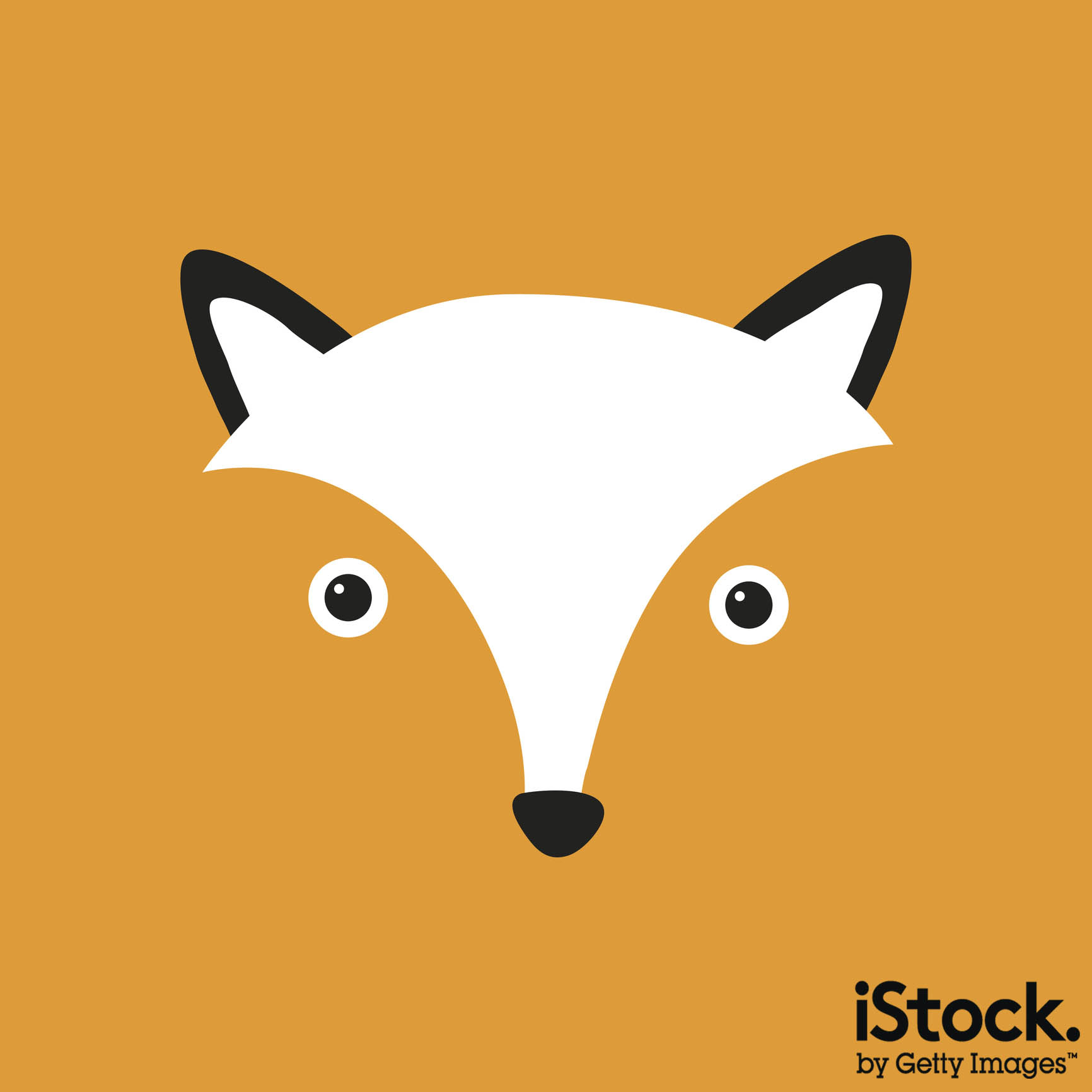
Flat design has been the big graphics trend of the 2010s, and illustrators have followed in its wake, creating increasingly minimal, pixel-perfect vectorised art to match.
Magoz, Anna Kövecses, Sergio Membrillas, Malika Favre and Rob Bailey are amongst the illustrators creating inspiring and original work using this approach.
With strong emphasis on reduction and subtraction, these kind of illustrations are able to cross language and cultural barriers to convey a subject instantly and clearly. And in a world dominated by mobile devices and high-resolution screens, the demand for flat and minimal illustration is unlikely to go away anytime soon.
Get the Creative Bloq Newsletter
Daily design news, reviews, how-tos and more, as picked by the editors.
02. Abstract and zen
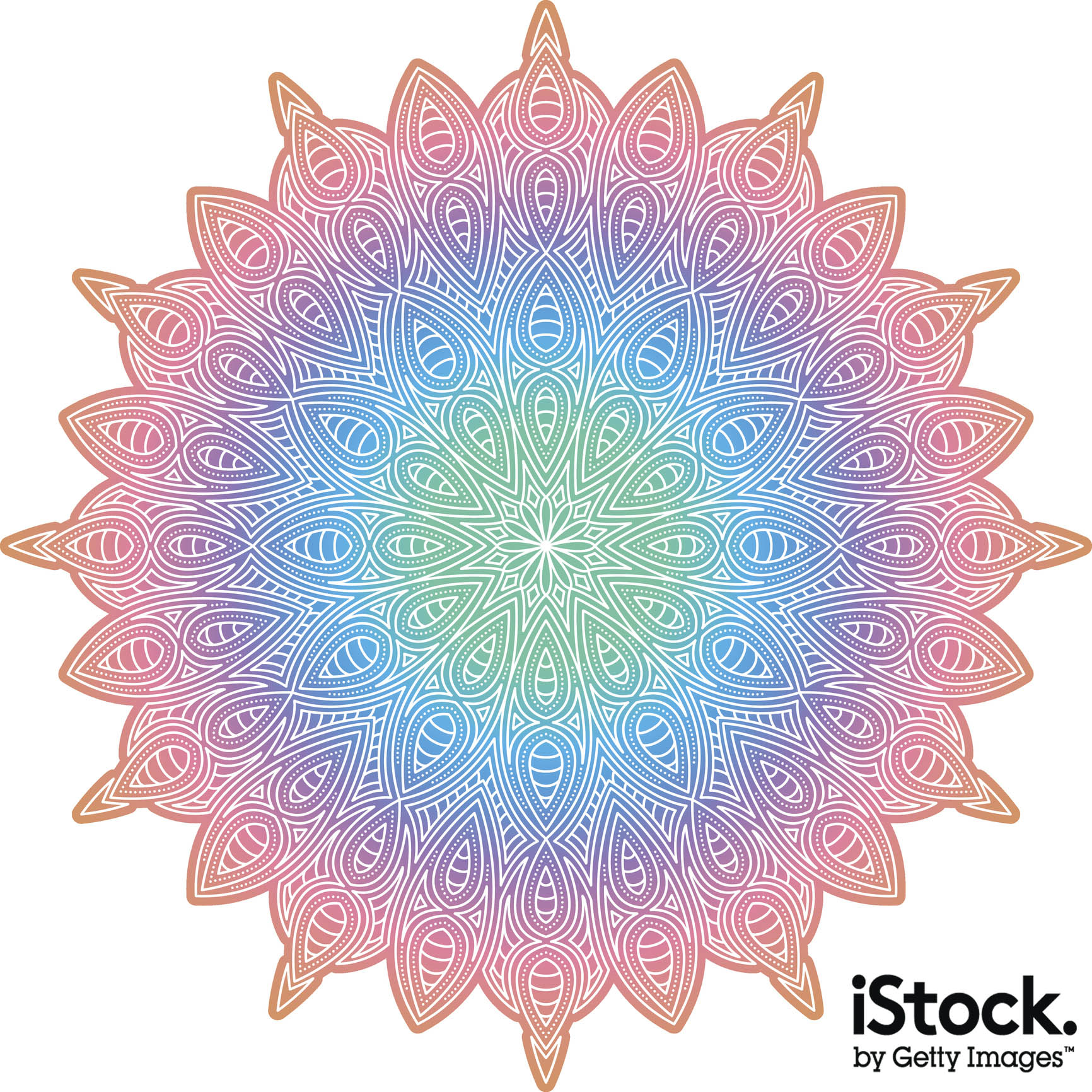
The world of 2016-2017 has been a chaotic one in which old certainties have been overturned and uncomfortable new realities are starting to sink in. So it’s not surprising that there’s been a trend in illustration towards more relaxing, spiritually inspired patterns and imagery.
Influenced by Buddhism, Hinduism and abstract religious art in general, this kind of zen illustration acts as a philosophical comfort blanket in a rapidly changing and divided world.
03. Hand-drawn geometrics
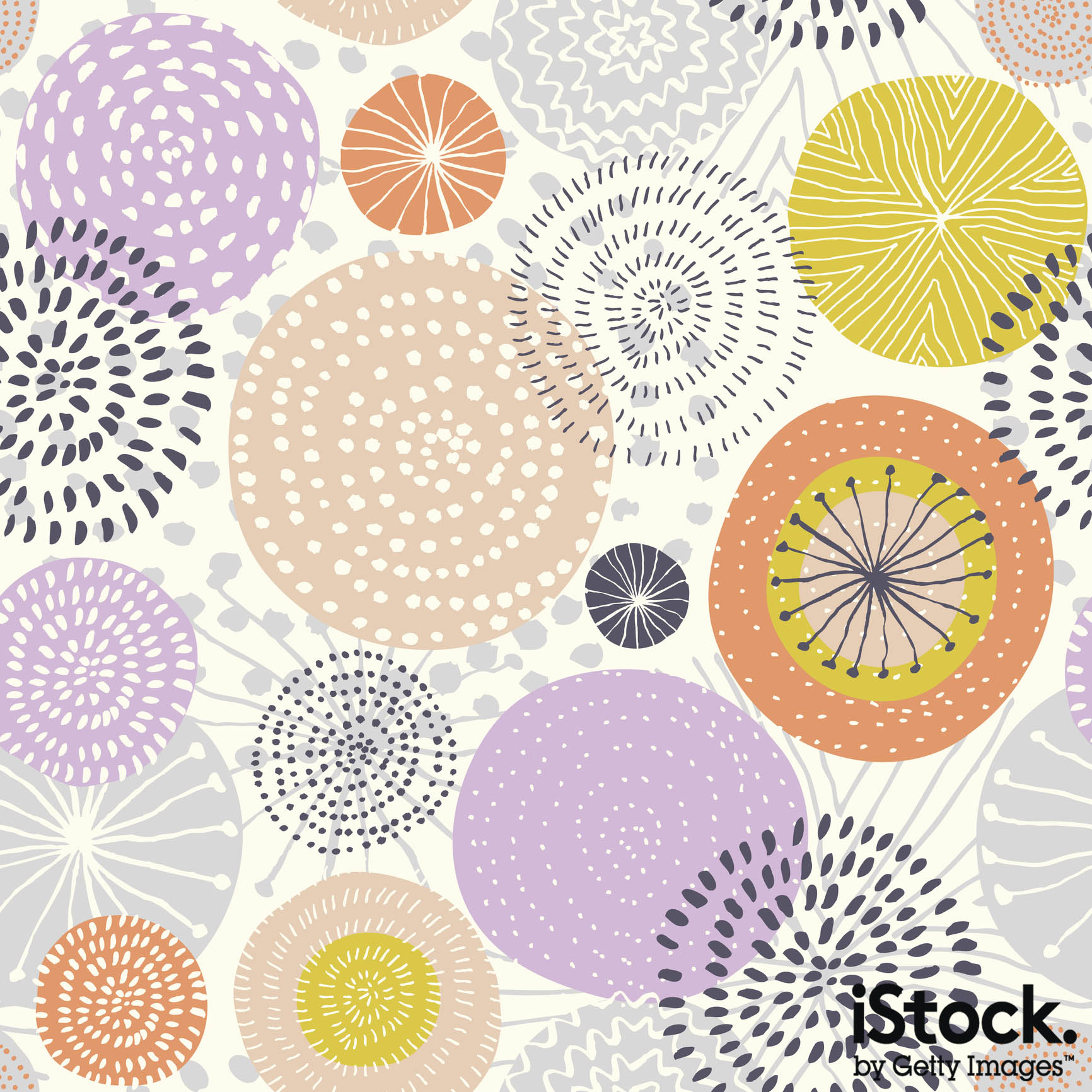
Geometric illustration has been a popular trend throughout the decade, but recently we’ve seen a move away from the clinical, digital vector approach and a softening of the style through the incorporation of hand-drawn elements.
This kind of illustration combines the brain-delighting qualities of mathematically-based patterns with the spirit and beauty of physical drawing and painting, to create images that are alluring, inviting and potentially quite magical.
04. Tattoo art
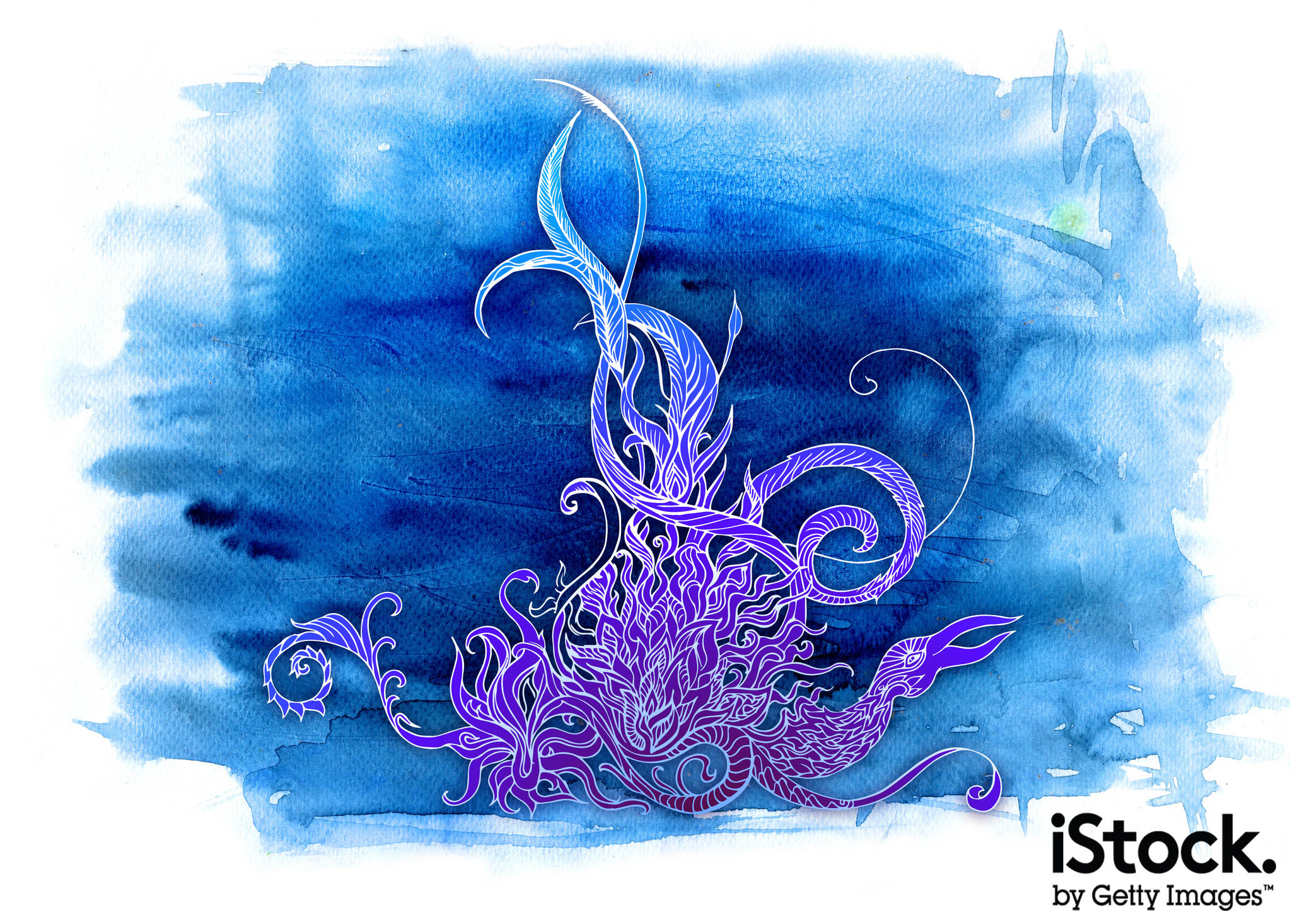
You may have noticed that these days, almost everyone under the age of 25 is covered in tattoos. No longer just for those who walk on the wild side, tattoos have entered the mainstream, with their designs become increasingly expressive and beautiful.
Now popular tattoo styles are crossing over into the world of illustration too. Their influence can be seen in the work of creatives as diverse as Elena Gumeniuk, Daniel Mackie and Ollie Munden, while tattooists who’ve crossed over into full-blown illustration include Nomi Chi, Shawn Barber and Tim Lehi.
05. Illustrative icons
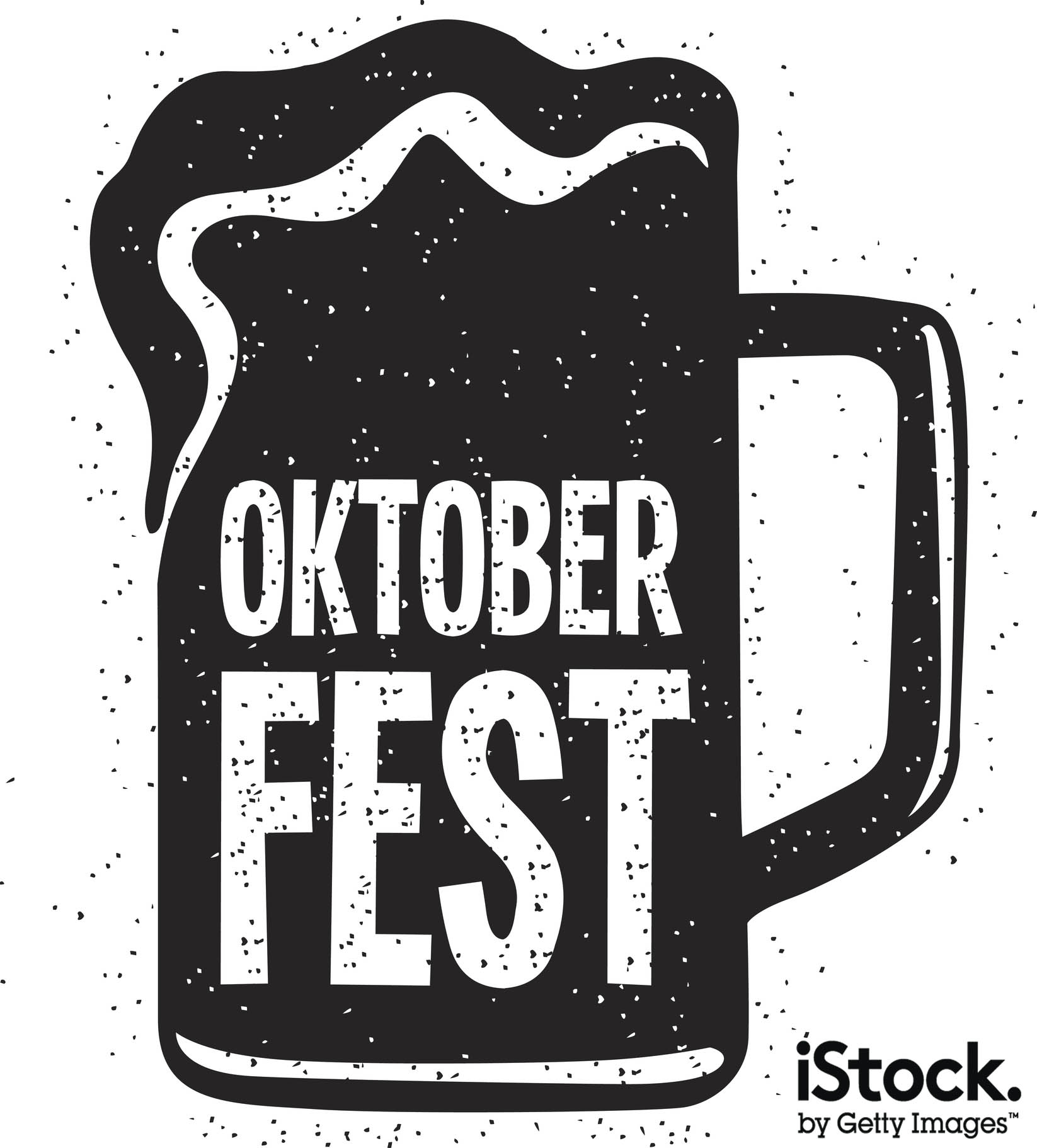
Once, computer icons were just tiny, basic shapes made of just a few pixels. In recent years, however, rapidly increasing levels of resolution on even the smallest screens means there’s been in an explosion in demand for more sophisticated designs.
Illustrators have followed suit, creating high resolution icons that make strong use of colour and complexity, while holding true to the fundamental purpose of an icon: to immediately convey a concept in a simple and easy-to-understand way.
06. Multiple exposure
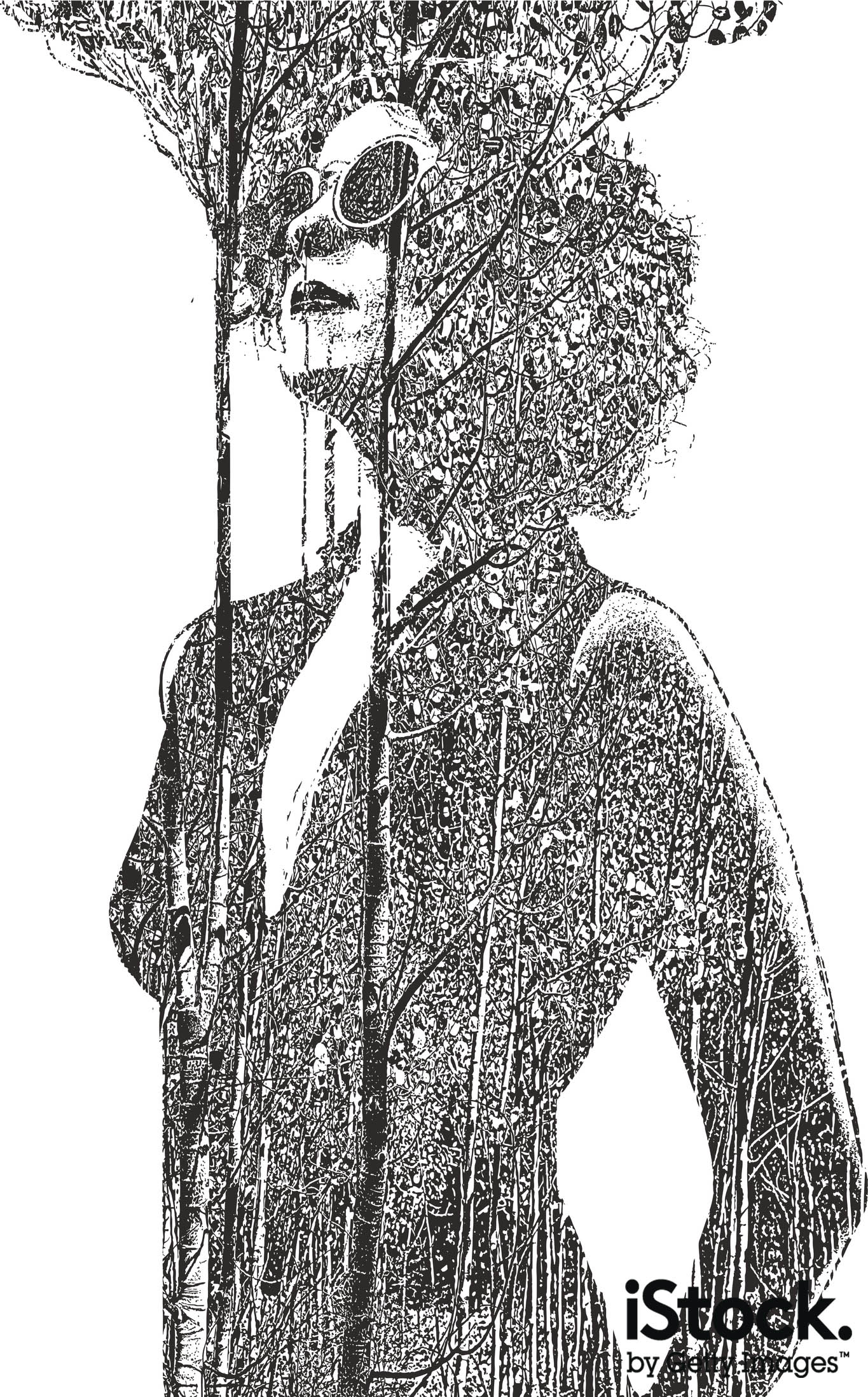
Creative disciplines have always borrowed from each other, and today’s creatives are getting more multidisciplinary than ever. Consequently, one of the latest trend we’ve spotted takes an idea from the world of photography (multiple exposures) and transfers it to the world of illustration. When done right, this collage-style approach offers a great way to evoke a combination of thoughts and feelings in the viewer, in an eye-catching, emotionally engaging way.
07. Vivid colour
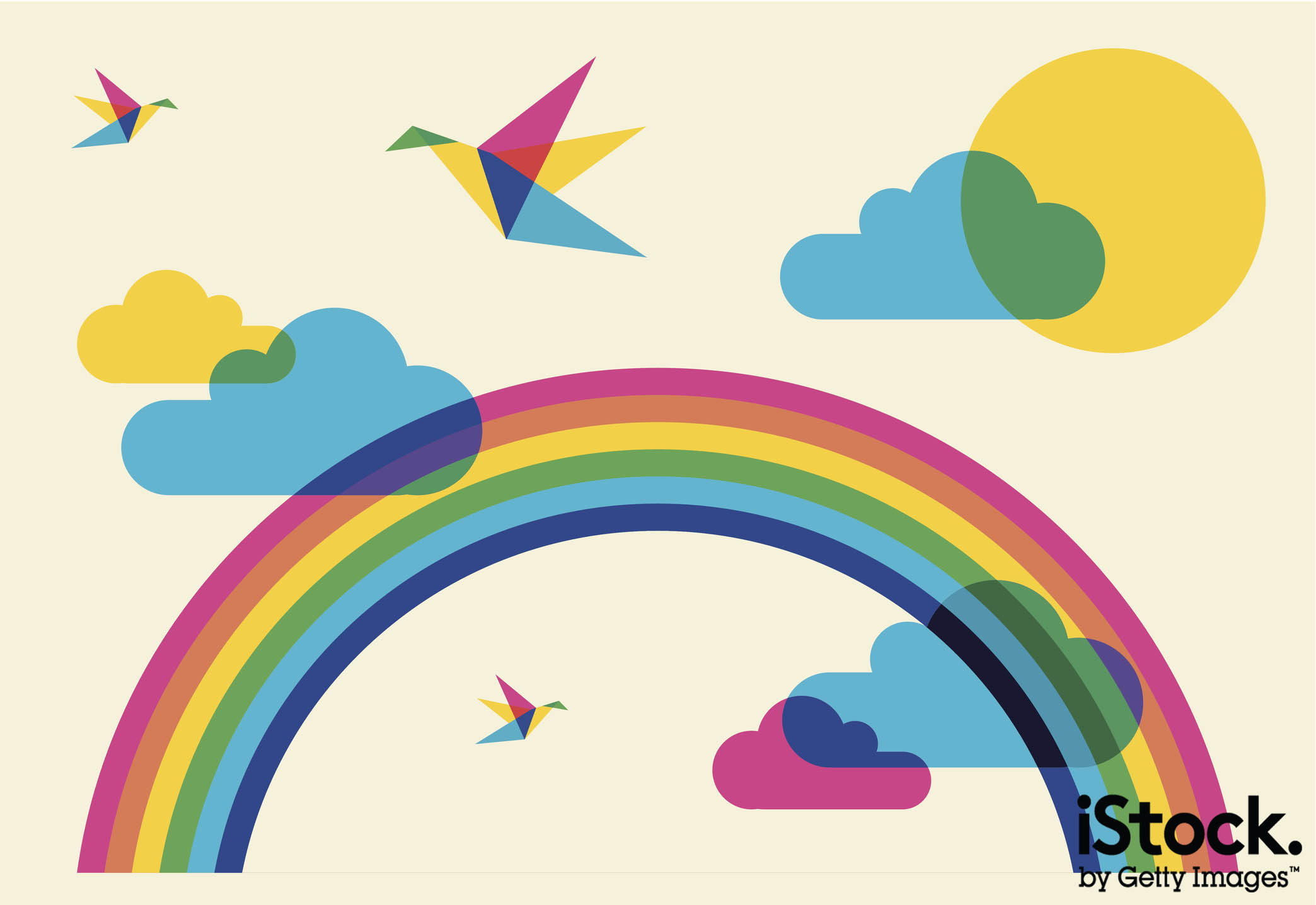
With creatives looking to brighten up an increasingly dark and divided world in 2017, vivid colour has been everywhere. Evident in the work of Nejc Prah, Jack Sachs, Dominic Kesterton, Sebastian Curi, and others, vivid doesn’t necessarily mean primary, but it does mean in-your-face, mood brightening hues that can’t fail to grab the public’s attention. And that can be invaluable when incorporating an illustration into your design, whether that’s for print or online.
Make your visuals stand out
Whatever kind of creative project you’re involved in, visuals are key to its success. Our brains process images 60,000 times faster than text and so making sure your images stand out is essential.
At iStock by Getty Images, you’ll find millions of authentic illustrations, and they even offer a free illustration to download each week. And the best news is, once you’ve found the perfect visual for your project, Creative Bloq readers can get a 10 per cent off discount with code CBTEN.

Thank you for reading 5 articles this month* Join now for unlimited access
Enjoy your first month for just £1 / $1 / €1
*Read 5 free articles per month without a subscription

Join now for unlimited access
Try first month for just £1 / $1 / €1

Tom May is an award-winning journalist and editor specialising in design, photography and technology. Author of the Amazon #1 bestseller Great TED Talks: Creativity, published by Pavilion Books, Tom was previously editor of Professional Photography magazine, associate editor at Creative Bloq, and deputy editor at net magazine. Today, he is a regular contributor to Creative Bloq and its sister sites Digital Camera World, T3.com and Tech Radar. He also writes for Creative Boom and works on content marketing projects.
